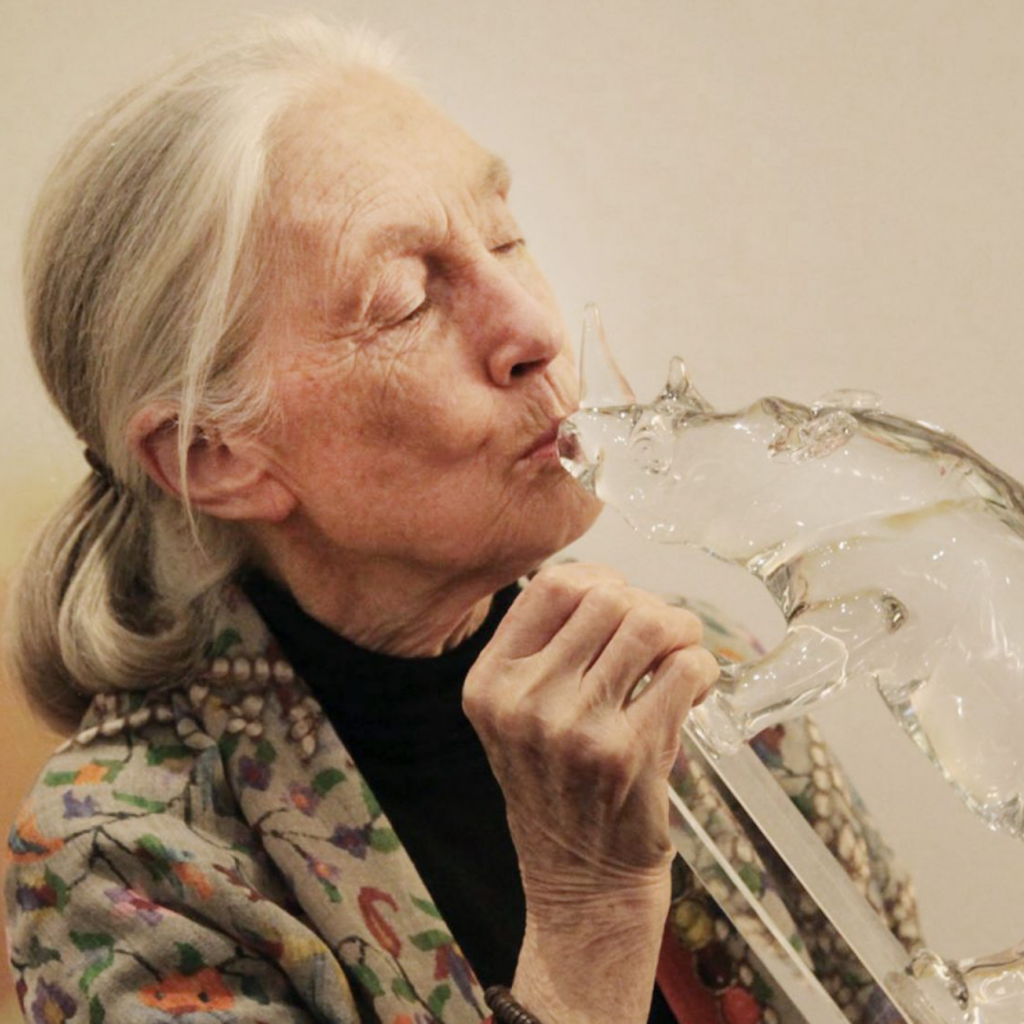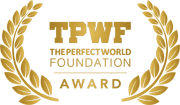
Dr Jane Goodall
“We are part of the animal kingdom, not separated from it, we could have a blood transfusion from a chimp if it matched the blood group, we really could, and the other way around too.” – Jane Goodall
Dr Jane Goodall is one of the best-known scientific researchers and conservationists in the world, and she became famous in 1960s for her ground-breaking studies of wild chimpanzees in Gombe National Park in Tanzania. At this time, 26-year-old Goodall was a novice and specifically hired by famed paleoanthropologist and archaeologist Louis Leakey who’d been looking for a mind unbiased by scientific theory.
Goodall’s work in Tanzania made her a pioneer in the field and her observations in the 1960s – revealing that chimpanzees eat meat, make and use tools, express emotions, have a sense of humour and laugh, have personalities, and have communication signals like kissing, embracing, holding hands, patting on the back, shaking the fist, all of them done in the same context as we do them – transformed the world’s understanding of humankind’s closest relative.
Through her studies, Goodall realized that the animals and nature needed to be protected. So, in 1977, Goodall stared shifting her time from science to activism, and dedicated her mission to environmental education, wildlife conservation and saving the declining primate population from extinction. Today, almost six decades after entering Gombe National Park, she considers her work more important than ever as poaching, wild animal trade and loss of habitat due to human activities are still threatening the endangered primates to expiation.
